Canon PowerShot G10 Review
Canon PowerShot G10
It’s a compact camera that costs more than some DSLRs, so what’s so special about the Canon G10?
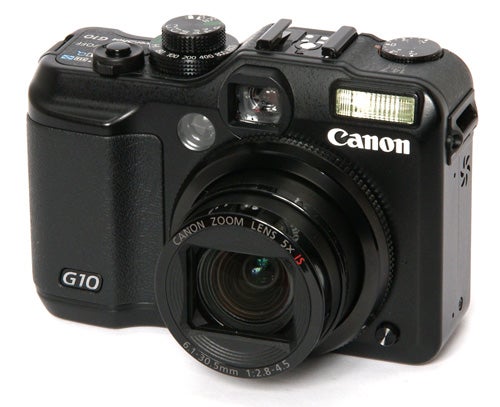
Verdict
Key Specifications
- Review Price: £340.00
This seems to be happening a lot lately, but it’s exactly a year and a day since I reviewed the Canon PowerShot G9. Time and technology march ever onwards, so today I’m taking a look at the G9’s successor, unsurprisingly named the PowerShot G10. Actually it’s not as predictable as all that, because for reasons too arcane to discuss here there was no G4 or G8, so this is actually the eighth model in Canon’s flagship pro-sumer compact series.
Since the launch of the G1 in 2000, the G series has been the benchmark for high-spec compacts, and the G10 raises the standard even higher. It features a powerful 14.7-megapixel 1/1.7-inch CCD sensor, a large 3.0-inch wide-view monitor with a class-leading resolution of 461k dots, and a 5x zoom image-stabilised f/2.8 – 4.5 lens with a 28mm-equivalent wide-angle setting (the G9 has a 6x zoom equivalent to 35-210mm). It has a full range of manual exposure controls, Raw mode shooting and the same DIGIC IV image processor as Canon’s latest digital SLRs. Of course a specification like that doesn’t come cheap, and the G10 is currently selling for around £340, although some retailers are charging over £400. This is significantly more expensive than most entry-level DSLRs.
The air is pretty thin up there at the top of the compact camera market, and G10 doesn’t have a lot of direct competition. Its closest competitor is the fantastic Panasonic Lumix LX3 (£313), but anyone shopping for a high-spec compact will also want to consider the Nikon CoolPix P6000 (£307) and the Ricoh GR Digital II (£354).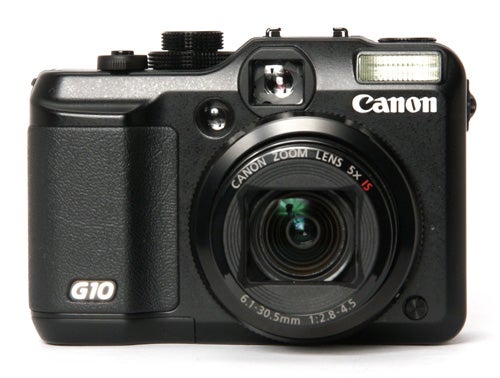
At least the G10 looks like it should cost a lot of money. It’s a large and imposing camera, measuring 109.1 x 77.7 x 45.9 mm and weighing approximately 380g fully loaded, around twice the size and weight of a typical pocket compact. It’s also a few millimetres larger and around 30g heavier than the G9.
Like the G9, the design of the G10’s body is a development from the PowerShot G7. It is obviously designed to resemble an old rangefinder camera, and the split-level top panel is reminiscent of a Voightlander-Cosina Bessa. Unfortunately that means it’s also reminiscent of the dreadful Epson R-D1, but we’ll just quietly forget about that. Like a rangefinder camera the G10 has lots of external dials and knobs to keep the gadgetheads happy, with a large dual-level dial for main shooting mode and ISO setting, and another smaller dial for exposure compensation. These controls are chunky and solidly mounted, and turn with a reassuringly positive click. They are also clearly labelled, and the illuminated index points make them easier to operate in low light.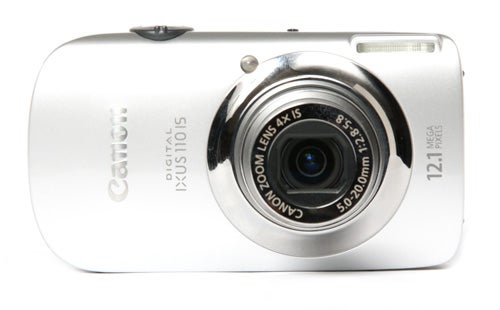
The G10’s overall build quality is simply fantastic, as one should expect from a £340 camera. The body is all aluminium over a steel chassis, and is finished in a scratch-resistant matt black crackle texture. It has a small but comfortable rubber-coated handgrip on the front and a sculpted thumbgrip area on the back, and feels very solid and secure in the hand. The controls are sensibly laid out and fall naturally under the fingers, including the exposure-lock button. The main rear-panel control is a slightly small D-pad surrounded by a rotary bezel, which is used for making exposure adjustments in conjunction with a very clear on-screen display.
The LCD monitor is superb, with pin-sharp resolution, excellent colour and contrast, an anti-glare coating and a viewing angle approaching 180 degrees both horizontally and vertically. Some people have lamented the fact that the recent G-series cameras lack the articulated monitor of the older models, but to be honest I’d rather have a large monitor that is this good than a smaller one that can swivel around.
The viewfinder however is not so good. It’s better at least than the token viewfinders found on some smaller compacts, but it is still small, dim and tunnel-like and only has about 80 percent frame coverage. It does accommodate glasses-wearers with both dioptre correction and a soft plastic surround, but it’s still not a patch on even the worst DSLR viewfinder.
The real strength of the G10 is in its photographic controls. It has of course got a full range of manual exposure options, with manual shutter speeds of 15 seconds to 1/4000th of a second. This is exceptionally fast, on a par with the better DSLRs. The G9 only offered a top shutter speed of 1/2500th. The lens has a maximum aperture range of f/2.8 – 4.5, which is pretty good, although it will be a little disappointing for anyone who remembers the stunning f/2.0 – 3.0, 4x zoom lens on the 2004 Canon G6.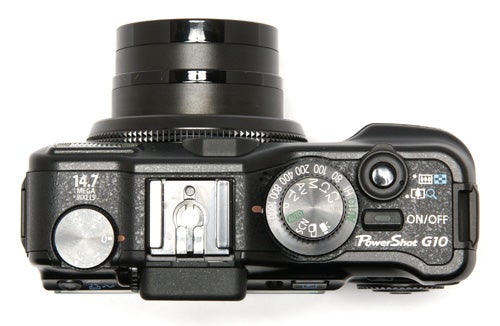
As well as these exposure options the G10 has a built-in mechanical neutral-density filter activated from the shooting menu, which is used for increasing exposure, or reducing over-exposure under certain circumstances. That may not sound too useful for most people, but if you’ve ever found yourself needing an ND filter you’ll appreciate having on available at the touch of a button.
Like most high-end cameras the G10 can shoot in Raw mode, using Canon’s CR2 Raw file format, although if you want to open the pictures in Photoshop’s Camera Raw program you’ll have to wait, since it’s not supported by the latest version. Instead you’ll have to use the supplied Raw converter, although to be fair Canon’s program is better than some.
This review is in danger of dragging on forever, so I’d best get to the important bits. £340 buys some top-quality components, and as a result the G10’s overall performance is outstanding. It starts up in just over one second, and shuts down again even more quickly. The shot-to-shot time in single-shot mode varies ranges from 1.7 seconds in JPEG mode to 2.3 seconds in Raw + JPEG mode. In continuous shooting it can manage approximately 1.5 frames a second in JPEG mode, although this drops to approximately 1.3 seconds per frame in AF continuous or Raw + JPEG continuous mode, or 1.5 seconds per frame in Raw + JPEG AF continuous mode. All in all it’s pretty light on its feet for a big camera.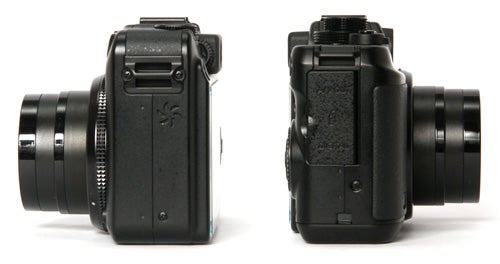
The autofocus system is also very fast, and works reasonably well in low light, although it does slow down a bit when it has to use the AF assist lamp. It also tends to hunt around a bit at the long end of the zoom range, and starts to have real problems when shooting at longer focal lengths in low light conditions. As usual the AiAF system has a mind of its own and frequently focuses on the background rather than the main subject, but switching to center-spot AF produces much more reliable results.
In terms of image quality, I have to admit that I am slightly disappointed, but only because I had such high expectations. The level of detail that the G10 captures is simply amazing, possibly the best of any compact camera I’ve ever tested. However there are some problems; the lens produces noticeable chromatic aberration at the wide-angle end, with red/green fringes visible toward the edges of the frame. At longer focal lengths this is replaced with slight corner blurring and distortion.
Image noise is also not as well handled as it might be, especially when compared to previous Canon G-series models. Noise is clearly visible in shots at 200 ISO, and is causing loss of detail and problems with colour reproduction at 400 ISO. As usual with Canon cameras the texture of the noise is very grain-like, but still the results are a bit disappointing. Likewise dynamic range, which isn’t much better than most other high-res compacts in the 14-megapixel range. While it does produce more shadow detail than the Nikon S710, it does so at the expense of burned-out highlights. Even the i-Contrast mode, Canon’s name for a shadow brightness booster, doesn’t do much to help in very high contrast situations. 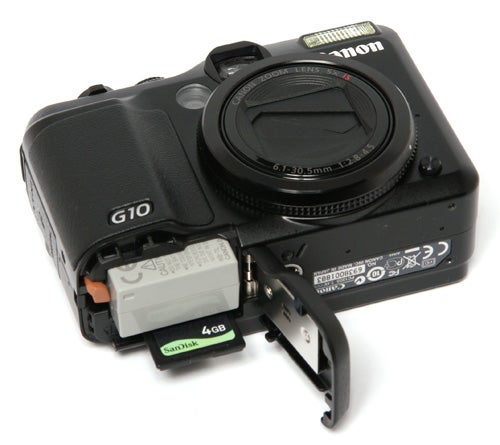
Shooting in Raw mode does offer some help, and manually correcting Raw mode images can recover some shadow detail, but of course it can’t help with the clipped highlights. I have to say that overall the G10’s image quality, while far from terrible, suffers in comparison to its main rival the lovely Panasonic LX3, and even more so in comparison with an entry-level DSLR, proving perhaps once and for all that squeezing more megapixels onto a small compact camera sensor is not the way to produce a better camera.
”’Verdict”’
The Canon PowerShot G10 is still going to be the benchmark by which all other high-spec compacts are measured, but it’s no longer the top dog. It is beaten on picture quality and portability by the smaller, lighter and slightly cheaper Panasonic LX3, and is beaten badly on value for money by most entry-level DSLRs. It’s still an impressive camera and can produce excellent results, especially in Raw mode, but the price means its appeal is a little too specialised for some.
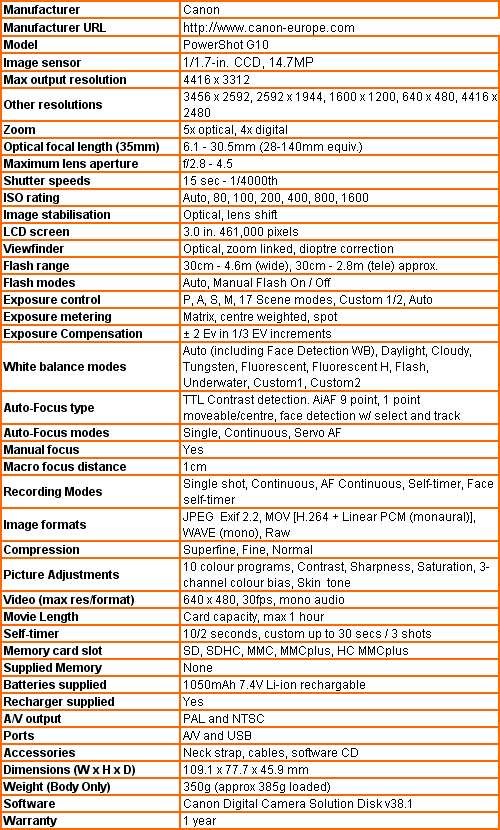
”Over the next few pages we show a range of test shots. On this page the full size image at the minimum and maximum ISO settings have been reduced to let you see the full image, and a series of full resolution crops have taken from original images at a range of ISO settings to show the overall image quality. These ISO test images are shot indoors using reflected natural light for maximum consistency. ”
—-

This is the full frame at 80 ISO, the minimum setting.
—-

At 80 ISO the image quality is excellent, with nice smooth tones and no noise.
—-
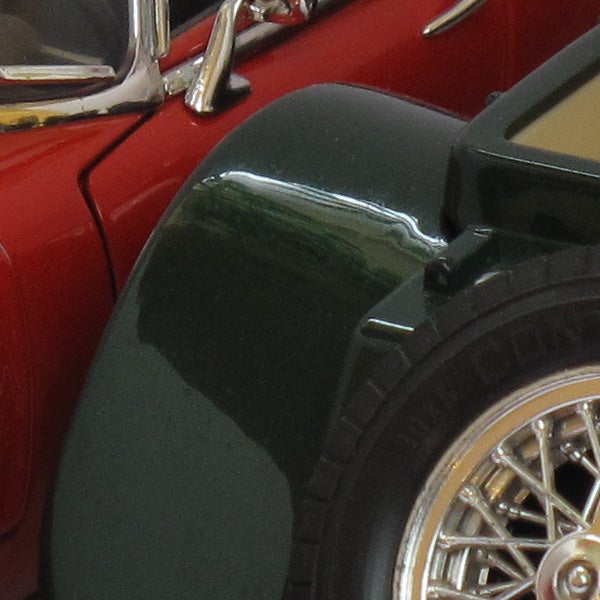
At 100 ISO the results are still good, but there is a hint of noise creeping in.
—-
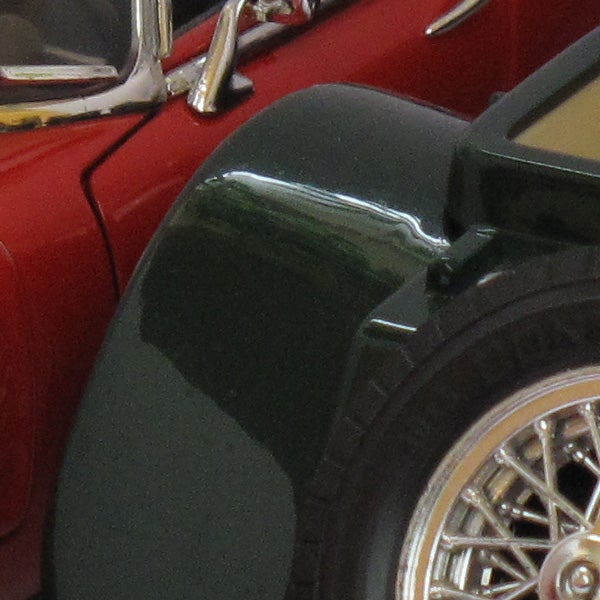
200 ISO and noise effect are starting to reduce overall quality.
—-
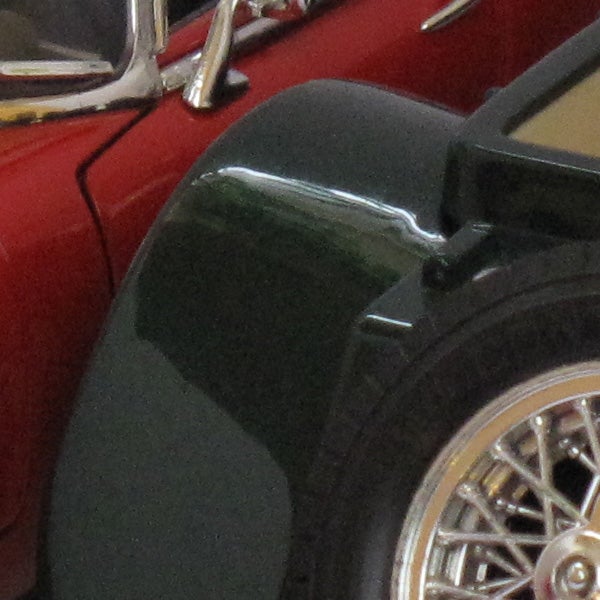
400 ISO and the noise reduction has blurred out a lot of fine detail, and colour rendition is also affected.
—-
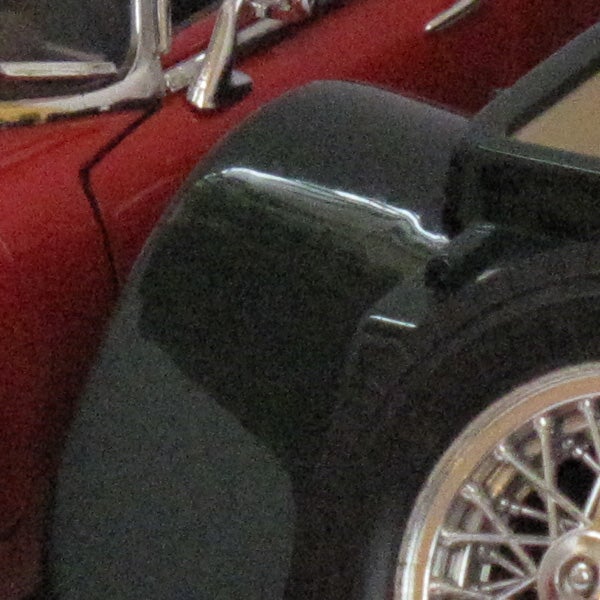
Image quality is going rapidly downhill at 800 ISO, with a loss of detail and colour depth.
—-

1600 ISO and noise is everywhere.
—-

This is the full frame at 1600 ISO.
—-
”A range of general test shots are shown over the next two pages. In some cases, the full size image has been reduced for bandwidth purposes, and a crop taken from the original full resolution image has been placed below it to show the overall image quality. Some other pictures may be clicked to view the original full-size image. ”
—-

Here’s the usual test shot of the west window of Exeter cathedral to compare detail and sharpness with other cameras. See below for a full-res crop. Unfortunately we can’t provide a full-sized version to download since the file size is too big for our miserly bandwidth allocation.
—-

The level of detail is stunning, possibly the best from any compact camera I’ve tested.
—-

The lens does produce some barrel distortion at wide angle, but it’s not too apalling.
—-

Centre sharpness is superb, absolutely pin sharp.
—-

Corner sharpness is also good, but there is visible chromatic aberration.
—-
![]()
Dynamic range could be better. While there is svisible shadow detail, the highlights have been burned out. This was taken with the i-Contrast feature turned off.
—-
![]()
This is the same shot with the i-Contrast turned on; shadow detail is improved, but the highlights are still blown.
—-
”Here are some general test shots to help evaluate the camera’s overall image quality, including the zoom range of the lens. Some pictures may be clicked to download the full size original image ”
—-
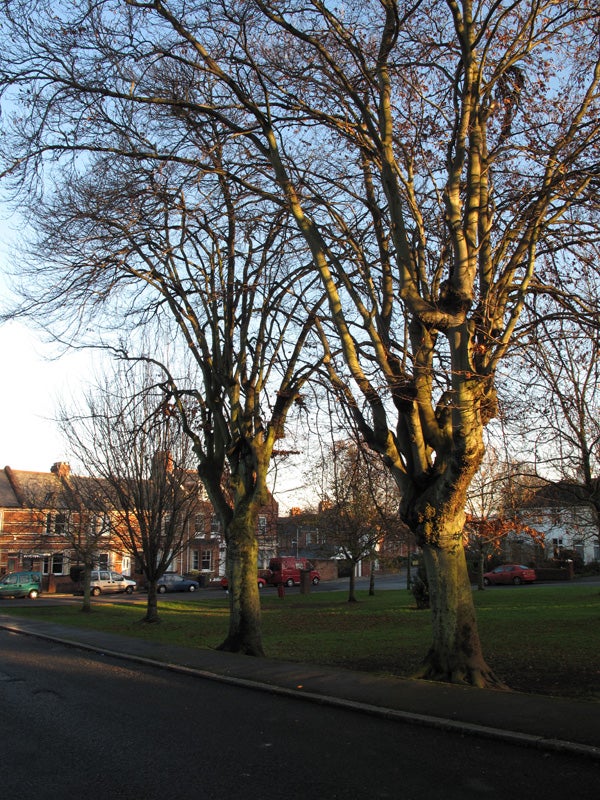
The wide-angle end of the zoom range is equivalent to 28mm, a good landscape setting. Again there is no full-sized image to download today, due to file sizes and bandwidth.
—-

The telephoto end of the zoom range is equivalrnt to 140mm, a good short telephoto.
—-

The Raw mode lets you adjust colour the way you want it.
—-
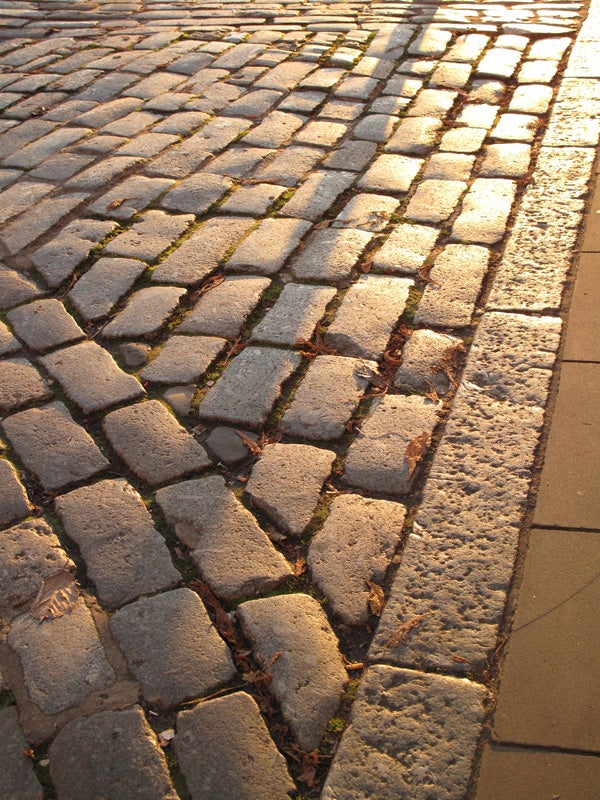
Exposure metering is mostly good, but sometimes over-exposes by about half a stop.
—-

The metering does cope well with unusual lighting.
—-
Trusted Score
Score in detail
-
Value 7
-
Image Quality 9
-
Build Quality 10
Features
| Camera type | Digital Compact |
| Megapixels (Megapixel) | 14.7 Megapixel |
| Optical Zoom (Times) | 5x |

